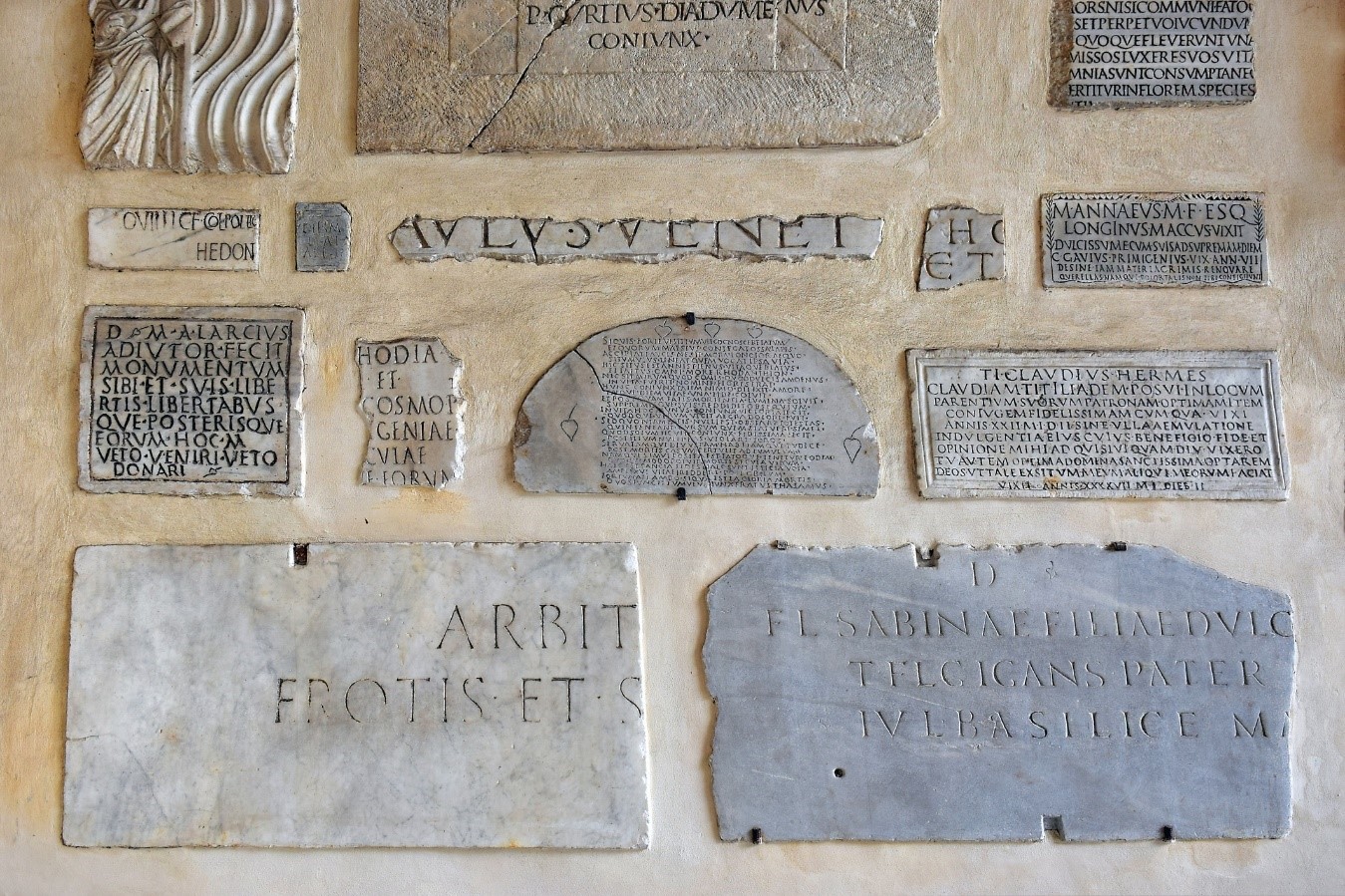
Dead languages that are still alive
When people ask why you feel so passionate about languages, what is the first thing that comes to your mind? Have you ever wonder what you enjoy the most about being a bilingual (or multilingual)? It could be any reason, but mainly it’s because you just love learning languages. Simple as that.
So, what happens when you’re also a fan of History? Then, you’ll certainly want to learn an old language, of course! Yes, dead languages represent their culture. Often, an awesome culture. Ancient Greek texts, Egyptian Hieroglyphics, Old Norse Viking ruins... who isn't fascinated by the languages of the past?
But let’s start with the definitions. First, you need to differentiate between an extinct language and a dead language. An extinct language is a language that no longer has any speakers, especially if the language has no living descendants. In contrast, a dead language is one that is no longer the native language of any community, even if it is still in use, like Latin.
Languages that currently have living native speakers are sometimes called modern languages to contrast them with dead languages, especially in educational contexts. According to Wikipedia, “as of the 2000s, a total of roughly 7,000 natively spoken languages existed worldwide. Most of these are minor languages in danger of extinction; one estimate published in 2004 expected that some 90% of the currently spoken languages will have become extinct by 2050.”
A fascination of the past
Ancient cultures brought a rich knowledge of the world and are surrounded in mystery. As the Buzzfeed Community has proven several times, people has always loved the idea of reading an old piece of paper written in Sanskrit which contains key secrets for the human kind. What’s not to love about that idea?
The death of a language is rarely a sudden event, but usually takes place gradually as a language is marginalized or slowly replaced by other languages. Some of the most well-known dead languages include Latin, Sanskrit, Old English, Aramaic, Ancient Greek, Old Norse, Coptic, Iberian, Etruscan and Proto-Indo-European, just to name a few.
When a language faces death, it may seem like the end of the road, but that is not entirely true. Fortunately, a dead language can be brought back to life, or revitalized, by actively studying and speaking that language and passing it down to the next generation. As soon as children begin learning a language as their native language, that language has been revitalized and is considered a living language.
The best example of a dead language being revitalized is the case of Hebrew, starting with a group of Israelis deciding to begin exclusively speaking the language at the end of the 19th century. Hebrew had been extinct for thousands of years and only used as a sacred liturgical language. Within a few decades, however, the language had become more and more spoken and was transformed into the lingua franca, or common spoken and written language, of Israel and the Jewish part of Palestine. It is now recognized as an official and literary language in Israel since the British Mandate of Palestine and has gone hand-in-hand with Jewish modernization and political movements. Hebrew was, essentially, completely revitalized.
What are you waiting for? Start learning your favorite new-old language today!
Contact us at: outsourcers@translatorpub.com
©TranslatorPub.com 2026 All Rights Reserved.
Mail comments and suggestions to info@translatorpub.com
| Privacy Policy
| Sitemap.




